The Rare, Retro Cover Art of Albums That Were Never for Sale
Vintage albums made for television were pretty groovy, man.
A Ecouter French CHA Series, Richard Demaria. (All Photos: Fuel Publishing)
“Shimmering and awe-inspiring atmosphere”. “Elegant and hypnotic with vocal effects”. “Cold & Sparse, Minimal Ambience”. If you search for, say, “outer space”, on the De Wolfe music library website, these are the descriptions of some of the tracks you might come across. But you won’t be able to purchase them unless you work for a TV show, movie, producer of commercials, or radio program.
Welcome to the world of library music, where tracks are ready-made for licensing.
Library music–also known as production music, or source music–arose for practical reasons: it wasn’t always possible to create original music due to time constraints and budget. So from the 1950s on, library music was recorded and licensed commercially.
Although we might not be aware of it, library tracks are an indelible part of our lives. In the U.S., ESPN’s Monday Night Football program uses a 1974 track called Heavy Action by Johnny Pearson. In Britain, the theme of classic ’70s TV show Man About the House used library music composed by Johnny Hawksworth for De Wolfe.
Library music is a mysterious world partly because it wasn’t available to buy, and also because of the pseudonyms sometimes used by the recording artists. Take, for example, a 1969 De Wolfe recording called Even More Electric Banana. It was recorded with members of the cult UK group The Pretty Things, a group so rock’n’roll they had 61 convictions between them, and were banned from Australia and New Zealand for life, on account of starting a fire on an airplane.
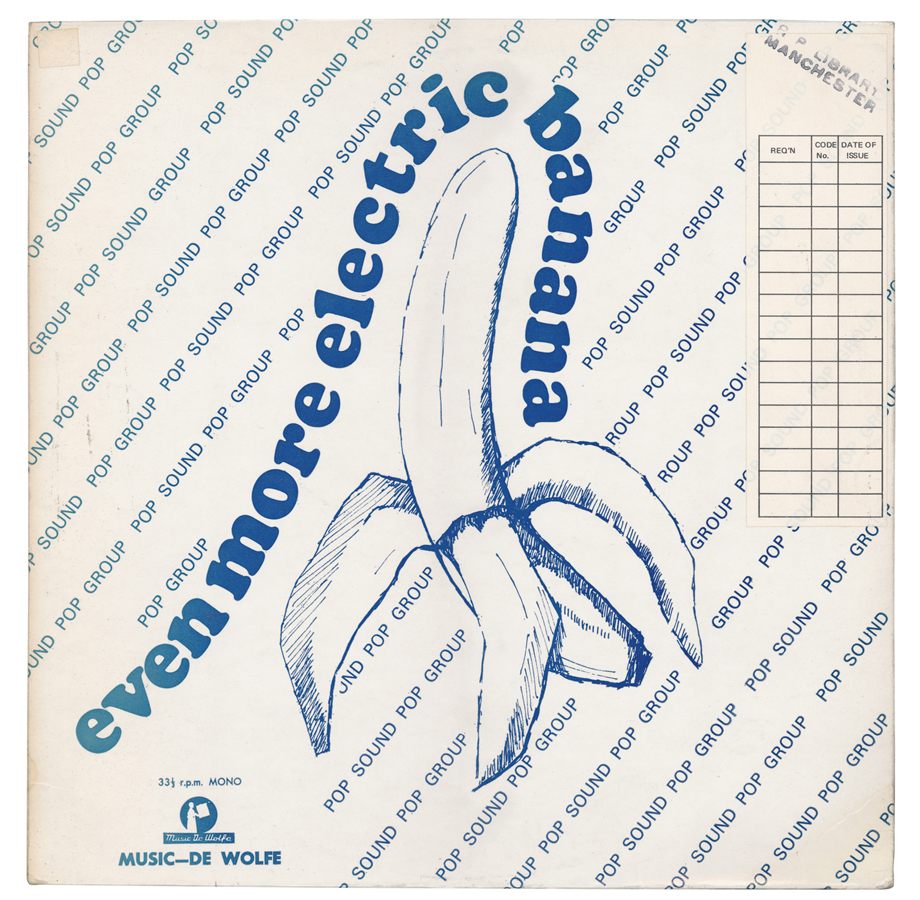
The album cover for Even More Electric Banana, which was the third LP in the Banana series.
But in the late 1960s, for extra cash, The Pretty Things recorded several albums for De Wolfe. Under the name Electric Banana, these tracks ended up on horror films and even, allegedly, on soft-core porn films. The albums remained unknown to the general public for years. Today, the Electric Banana albums can be heard in full on YouTube.
The album cover–featuring a groovy font wrapped around a suggestively unpeeled banana–is part of Fuel’s new book, The Music Library: Revised and Expanded Edition. Building on the 2005 volume, it features 625 different album covers from European library music from the 1950s to the early 1980s.
Music library albums have now become collectors items. They’ve also been sampled by DJs, record producers and major pop stars–just take a listen to Beyonce’s “A Woman Like Me”, then listen to Simon Haseley’s 1972 recording “Hammerhead”. Thanks to websites like Who Sampled, it’s possible to trace the sound of music libraries to popular music. And thanks to The Music Library, we can glimpse the vintage cover art for albums that were never publicly available.

Journey Into Sound, Keith Papworth. “Light compositions with acoustic effects”.
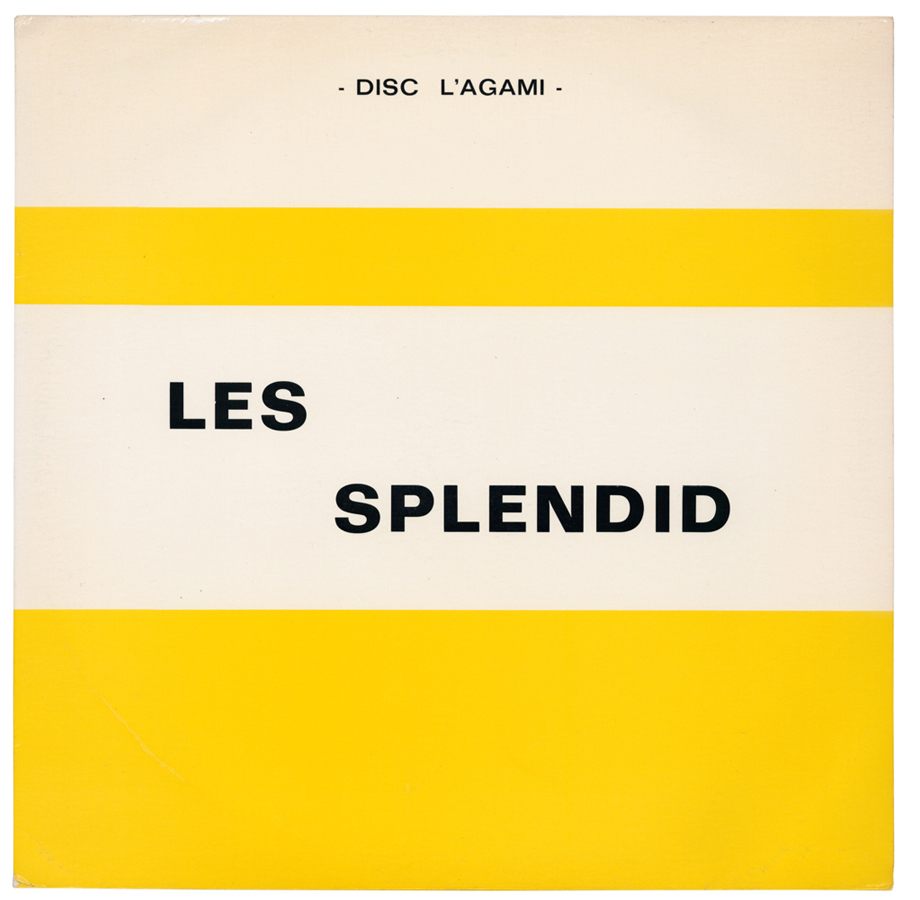
Les Splendid, Leo Petit / Michael Hington. “Groovy sounds”.

MPI. No.6. Jazz Mobile, Henri Renaud, Robert Hermel, Martial Solal. “Fine jazz”.

Spread Your Wings BRG Series, Martin, Dee, Hill. “Includes Bionic Coconuts.”
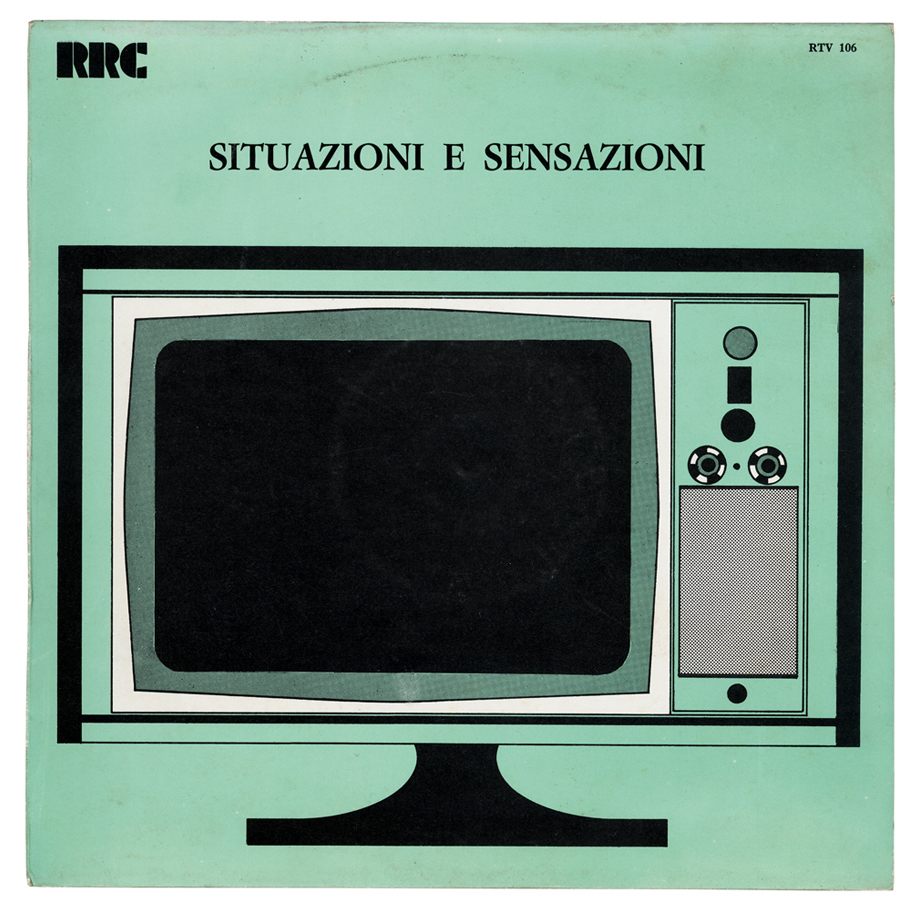
Situazioni E Sensazioni, Viostel. “Super groovy sounds”.
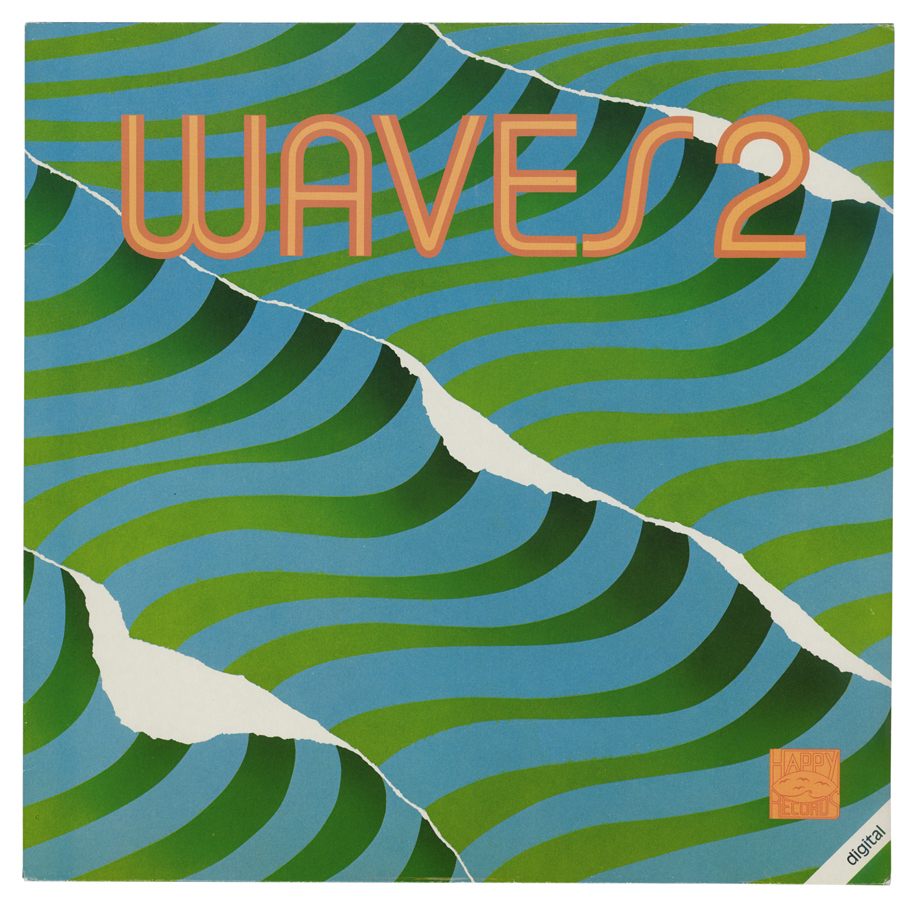
Waves 2, Ralph Marco and Friends. “Casual sounds”.

KPM 1002, Syd Dale. “Up tempo orchestral jazz, eccentric suspense.”
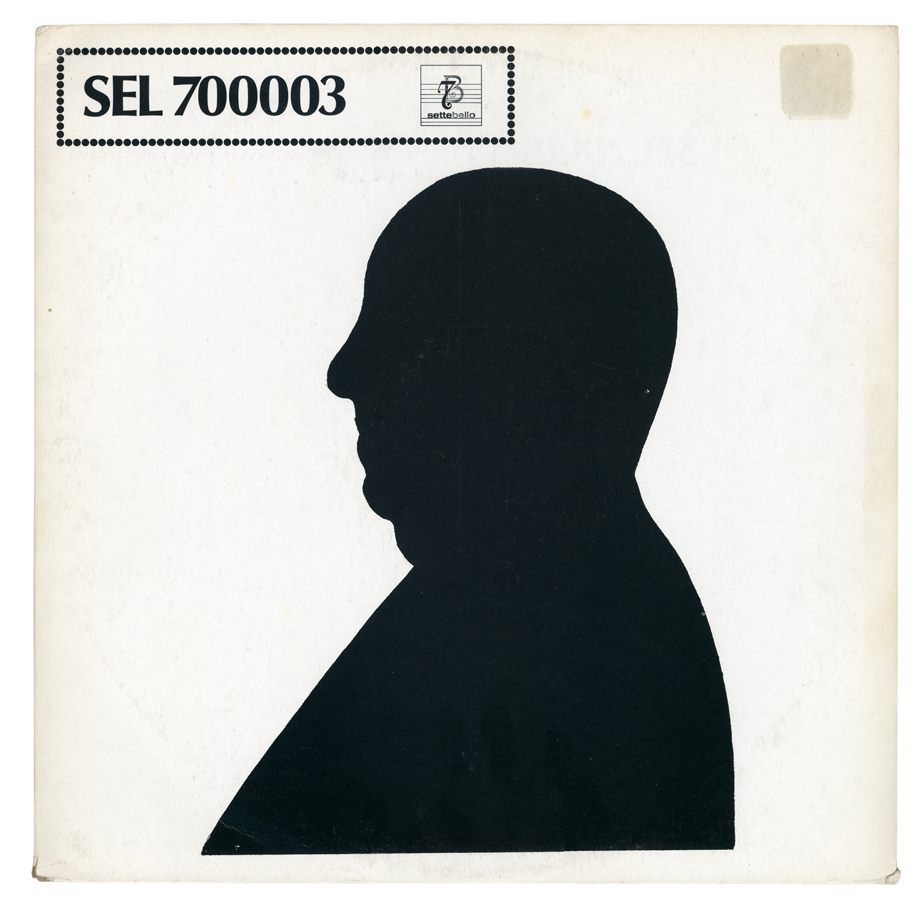
Serie Gialli, Lester Freeman (Enrico Intra). “Evil giallo sounds.”
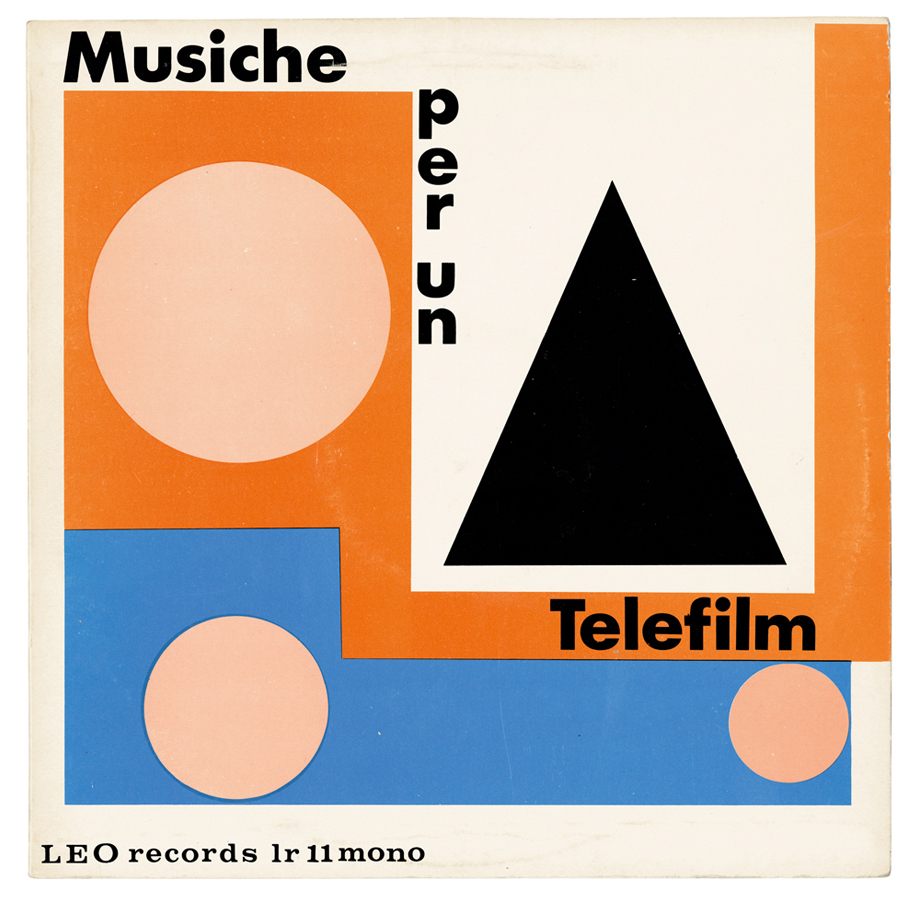
Musiche Per Un Telefilm, Renosto / Luciani. “Beautiful sounds for TV”.
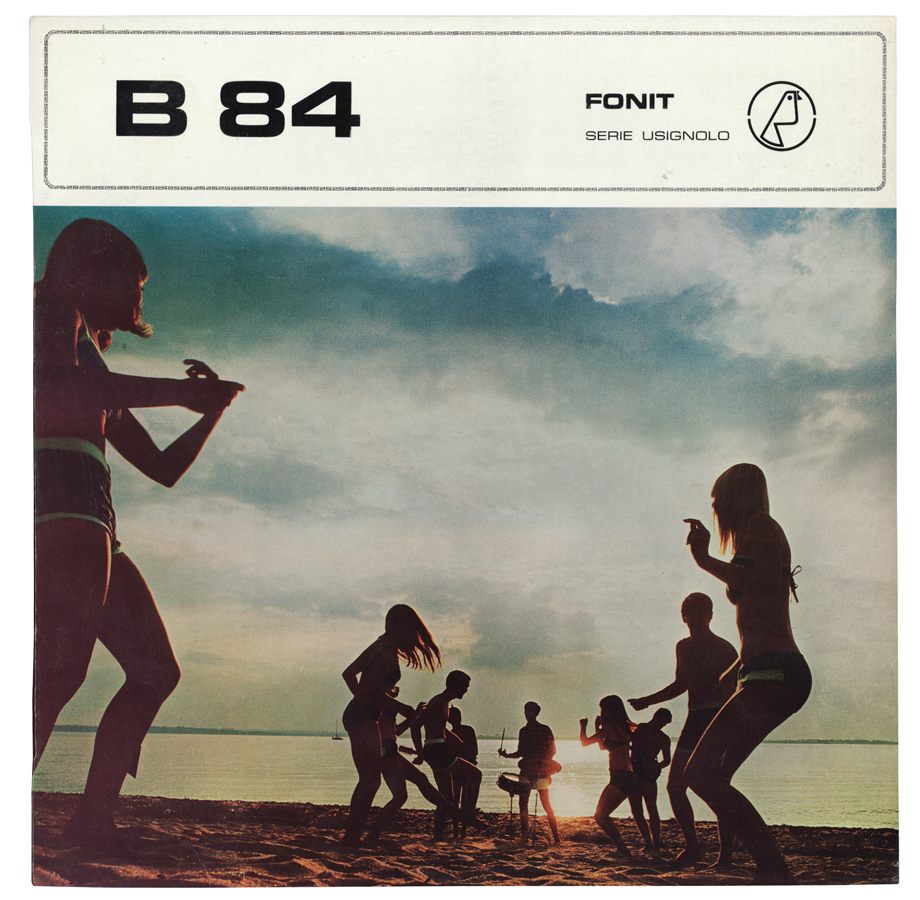
B84 Ballabili Anni ’70, Fabio Fabor. “Samba, bossa, protests.”
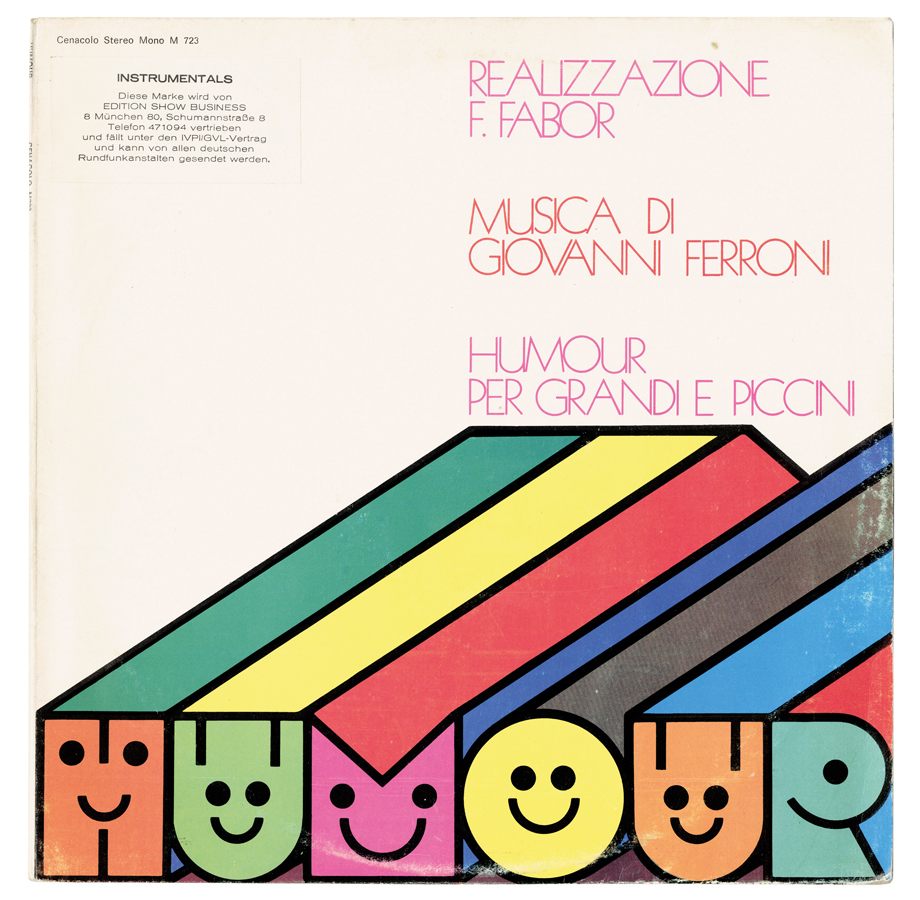
Humour Per Grandi E Piccini, Giovanni Ferroni. “Electronic children’s music”.

The Boss Music Volume 1. Kitten Kind, Jean-Claude Pierric. “Jazz”.

Sweet Surprise, Various artists. “Classical strings”.

The cover for Fuel’s The Music Library: Revised and Expanded Edition.



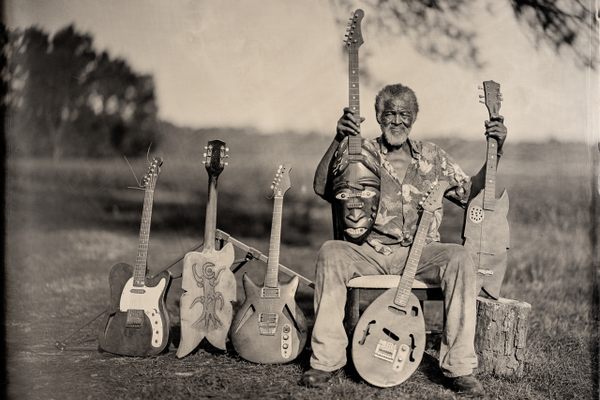







Follow us on Twitter to get the latest on the world's hidden wonders.
Like us on Facebook to get the latest on the world's hidden wonders.
Follow us on Twitter Like us on Facebook